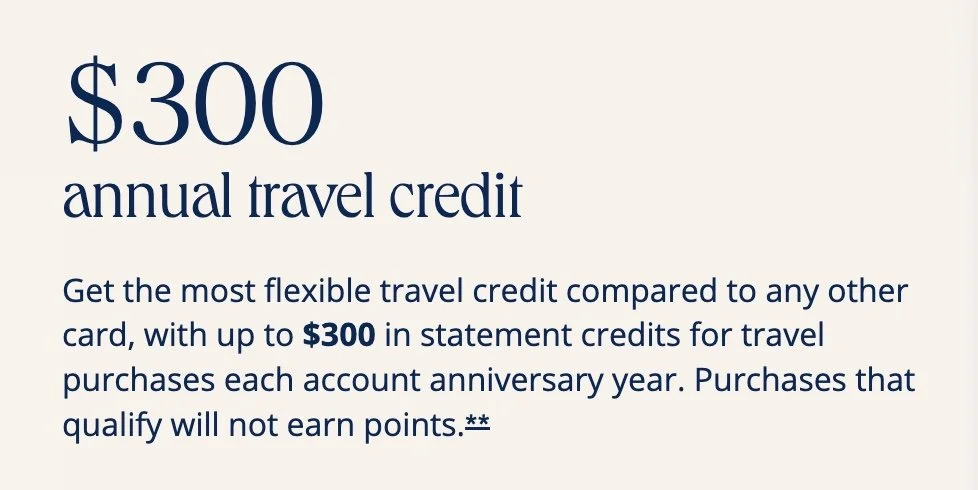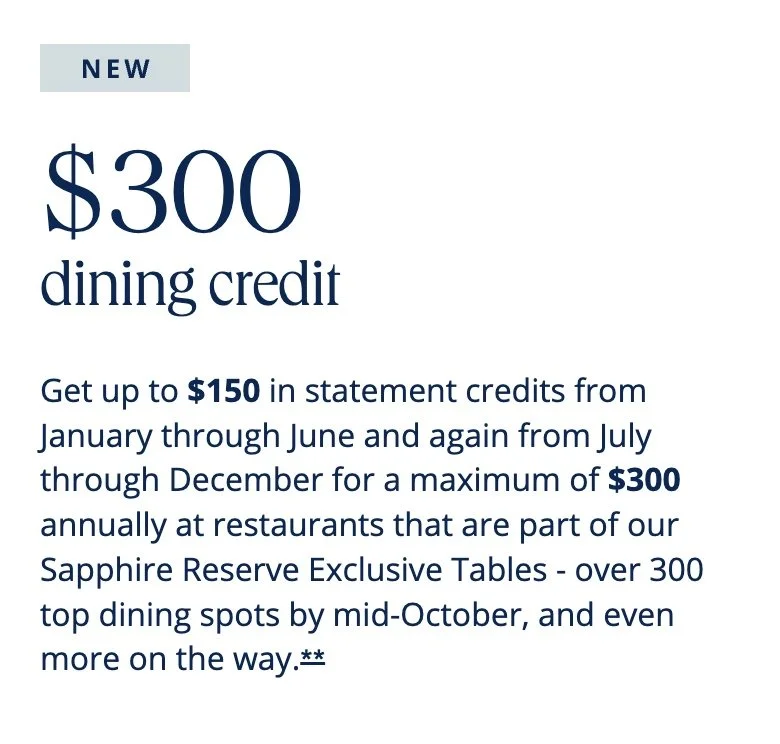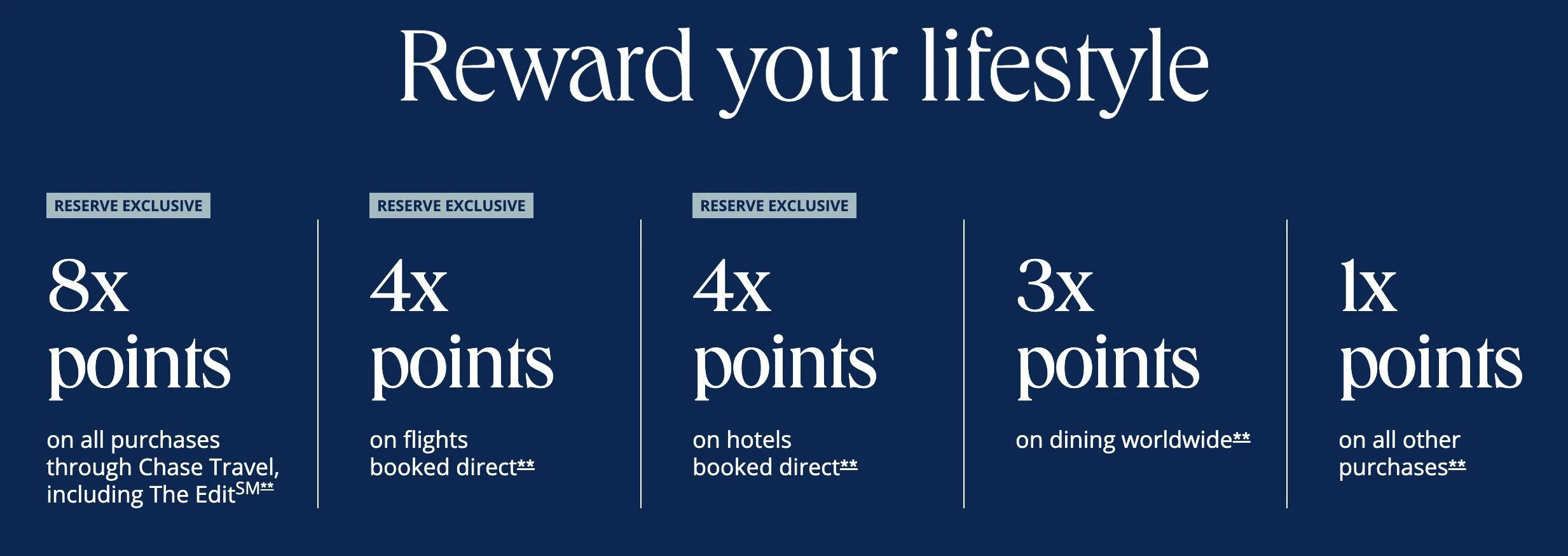The New Chase Sapphire Reserve (2026 Update): Is It Still Worth the New $795 Annual Fee?
Chase just rolled out a massive refresh to the Chase Sapphire Reserve®, including a huge annual fee increase from $550 → $795. This $245 jump pushes the Chase Sapphire Reserve (CSR) firmly into ultra-premium territory, competing directly with the newly refreshed Amex Platinum® ($895) and other high-end travel cards.
So the big question is:
Is the Chase Sapphire Reserve still the king of premium travel cards, or has Chase finally pushed this card too far?
This deep-dive covers:
Every new benefit and credit
The completely redesigned earnings structure
The confusing new Points Boost™ system
How this card stacks up against the Chase Sapphire Preferred and Amex Platinum
Who the CSR is actually for now
Whether you should keep it, cancel it, or get it for the first time
This post may contain affiliate links.
The New $795 Annual Fee: What It Really Means
The new $795 annual fee places the Chase Sapphire Reserve squarely in the “luxury travel card” category.
The Good News: The $300 Travel Credit Stays
This credit remains:
Automatic
Extremely flexible
Useful for almost everyone
If you spend any money on flights, hotels, rideshares, parking, cruises, or even tolls, you’ll use it.
Effective cost after the travel credit:
$795 − $300 = $495
But Chase now attempts to justify the remainder of the fee through an expanded bundle of niche credits—some incredibly valuable, others very lifestyle-specific.
The New “Coupon Book” Model: A Breakdown of Every Credit
1. $500 Annual Credit for The Edit (Luxury Hotel Collection)
Chase’s new luxury hotel program, The Edit, is essentially its version of Amex Fine Hotels + Resorts. When booking a 2-night minimum stay through The Edit, you get:
Free breakfast for two
$100 property credit
Possible upgrades
Early check-in / late checkout
How the $500 breaks down:
Two $250 credits
Jan–Jun and Jul–Dec
Starting Jan 2026:
You can use each credit anytime during the year — a major improvement.
BUT: The Edit can be pricey, and prices are sometimes higher than booking direct. Always comparison shop.
2. NEW One-Time Bonus in 2026: $250 Portal Hotel Credit
For 2026 only, Chase introduced an additional:
$250 hotel credit
Must be a prepaid, 2+ night booking
Must be booked through the Chase Travel Portal
This means in 2026 you can get up to:
👉 $1,050 in hotel-related credits
($300 travel credit + $500 The Edit + $250 bonus)
3. $300 Dining Credit (Exclusive Tables Program)
Two $150 credits
Jan–Jun and Jul–Dec
Only at participating Exclusive Tables restaurants
With roughly 275 restaurants in 25 U.S. cities, this credit is highly location-dependent.
Live near a qualifying city? Amazing.
Don’t? Worth $0.
4. $300 StubHub Credit (through 2027)
Two $150 credits
Usable on concerts, sports, comedy, theatre
If you attend live events, this credit is fantastic.
If not, you’ll struggle to use it.
5. Up to $250 Apple TV+ / Apple Music + $120 Peloton
If you already pay for:
Apple TV+
Apple Music
Peloton content
…these are easy wins.
If not, these credits simply encourage extra subscriptions you may not need.
6. High-Spend Tier (for $75,000+ annual spend)
If you put $75K+ per year on the CSR, Chase unlocks:
IHG Diamond Elite status
Southwest A-List status
$500 Southwest flight credit (must book via Chase)
$250 Shops at Chase luxury retail credit
Explorist Status with Hyatt
This tier is clearly meant for high spenders who want a single dominant travel card.
Most people should not chase this tier.
There are better cards for large unbonused spend.
New Earning Structure: More Complicated, Less Universal
Here’s what the CSR now earns:
8X – Chase Travel Portal bookings (after using $300 travel credit)
4X – Flights booked directly
4X – Hotels booked directly
3X – Dining worldwide
1X – Everything else
The downgrade many people will feel:
The card no longer earns 3X on all travel.
This means the following now earn only 1X:
Uber / Lyft
Parking
Tolls
Trains
Buses
Cruises
Tours
Car rentals (unless booked through portal)
For many travelers, this is a meaningful devaluation.
The New Points Boost™ Portal Redemption System
This is the single biggest—and most controversial—change of all.
Before:
CSR points = 1.5¢ each when booking through the Chase Portal.
Now:
Chase advertises “up to 2¢ per point” — but it is dynamic and extremely limited.
What our analysis shows:
<10% of economy flights get any boost
Boosts favor premium cabins, luxury hotels
Some boosted itineraries have inflated cash prices
Most portal bookings now default to 1¢ per point
This is effectively a 33% devaluation of the most popular redemption method.
Existing cardholder grace period:
Points earned before Oct 26, 2025 redeem at 1.5¢ until Oct 26, 2027.
After that, everyone is on the new system.
And if you want to fully understand the new Points Boost™ system, check out my in-depth YouTube breakdown.
Who the New CSR Is Best For
The new Chase Sapphire Reserve is now best suited for:
Credit card optimizers
People who track every credit and know how to squeeze maximum value.
Frequent luxury hotel traveler
If you regularly book 2+ night luxury stays, you'll easily use The Edit credit.
High StubHub, dining, or Apple subscription users
If these match your real lifestyle—not aspirational spending.
High spenders needing premium travel protections
CSR still has the best insurance on the market.
Who Should Avoid the CSR
The new version is not ideal for:
❌ Casual travelers
❌ Those not near Exclusive Tables cities
❌ Anyone who won’t use StubHub
❌ People who don’t want to track a dozen credits
❌ Anyone who prefers simplicity
❌ Travelers who mostly redeem points for economy flights
For most travelers, the Chase Sapphire Preferred is now a better fit.
Updated Comparison Chart (2025)
CSR vs CSP vs the Amex Platinum
| Feature | Chase Sapphire Reserve® ($795) | Chase Sapphire Preferred® ($95) | Amex Platinum® ($895) |
|---|---|---|---|
| Annual Fee | $795 | $95 | $895 |
| Core Travel Credit | $300 flexible annual travel credit | $50 hotel credit through Chase Travel | $200 airline incidental credit |
| Hotel Credits | $500 The Edit hotel credit (2×$250) + one-time $250 hotel credit in 2026 | None | $600 FHR/THC hotel credit (2×$300 semiannual) |
| Dining Credits | $300 Exclusive Tables dining credit (2×$150) | None | $400 Resy dining credit (quarterly) |
| Lifestyle Credits | $300 StubHub (2×$150), $250 Apple TV+/Music, $120 Peloton | None | $300 lululemon (quarterly), $200 Oura Ring credit |
| Subscription Credits | None beyond Apple/Peloton | None | $300 Digital Subscription Credit + $120 Uber One credit |
| Other Credits | High-spend tier at $75K can unlock status + credits | None | $200 Uber Cash, $100 Saks, Walmart+, CLEAR+, Equinox, TSA Pre✔/Global Entry |
| Lounge Access | Priority Pass + Chase Sapphire Lounges | None | Centurion, Delta Sky Clubs (10 visits), Priority Pass (no restaurants) |
| Earning Rates | 8X portal, 4X flights/hotels, 3X dining | 5X portal, 3X dining, 2X travel | 5X flights & prepaid hotels via Amex Travel |
| Portal Redemption Value | 1.0¢–2.0¢ (dynamic) | 1.0¢–1.5¢ (dynamic) | ~1.0¢ (best via transfer partners) |
| Transfer Partners | United, Air Canada, British Airways, Virgin, Hyatt, etc. | Same as CSR | ANA, Air Canada, Avianca, Delta, Flying Blue, Singapore, etc. |
| Best For | Optimizers, luxury travelers, heavy travel spend | Most travelers and beginners | High-spend lifestyle + travel maximizers |
Should You Get or Keep the CSR? My Final Verdict
The Chase Sapphire Reserve remains powerful—but no longer universal.
It is now:
⭐ Excellent for luxury travelers
⭐ Excellent for people who use multiple credits
⭐ Excellent for high spenders and StubHub/dining users
⭐ Still unmatched for travel protections
But…
⚠️ A poor fit for casual travelers
⚠️ A downgrade for economy portal bookings
⚠️ Not worth it if you can’t use The Edit or dining credits
If you maximize credits → the card is a home run.
If you don’t → the CSP will save you money and stress.
Your Next Steps
Option 1: Keep the CSR
If you’ll use the credits and want premium travel protection.
Option 2: Switch to the CSP
If you want simplicity and still want to transfer points.
Option 3: Cancel
If none of the credits fit your lifestyle.
Watch my video below on the Chase Sapphire Reserve to hear a full, in-depth breakdown of all of these changes:
Final Thoughts
If you’re considering signing up for the Chase Sapphire Reserve, you can use my referral link here:
👉 Chase Sapphire Reserve or Preferred Application Link
Read Here Next:
Rakuten Now Let’s You Earn Bilt Points












